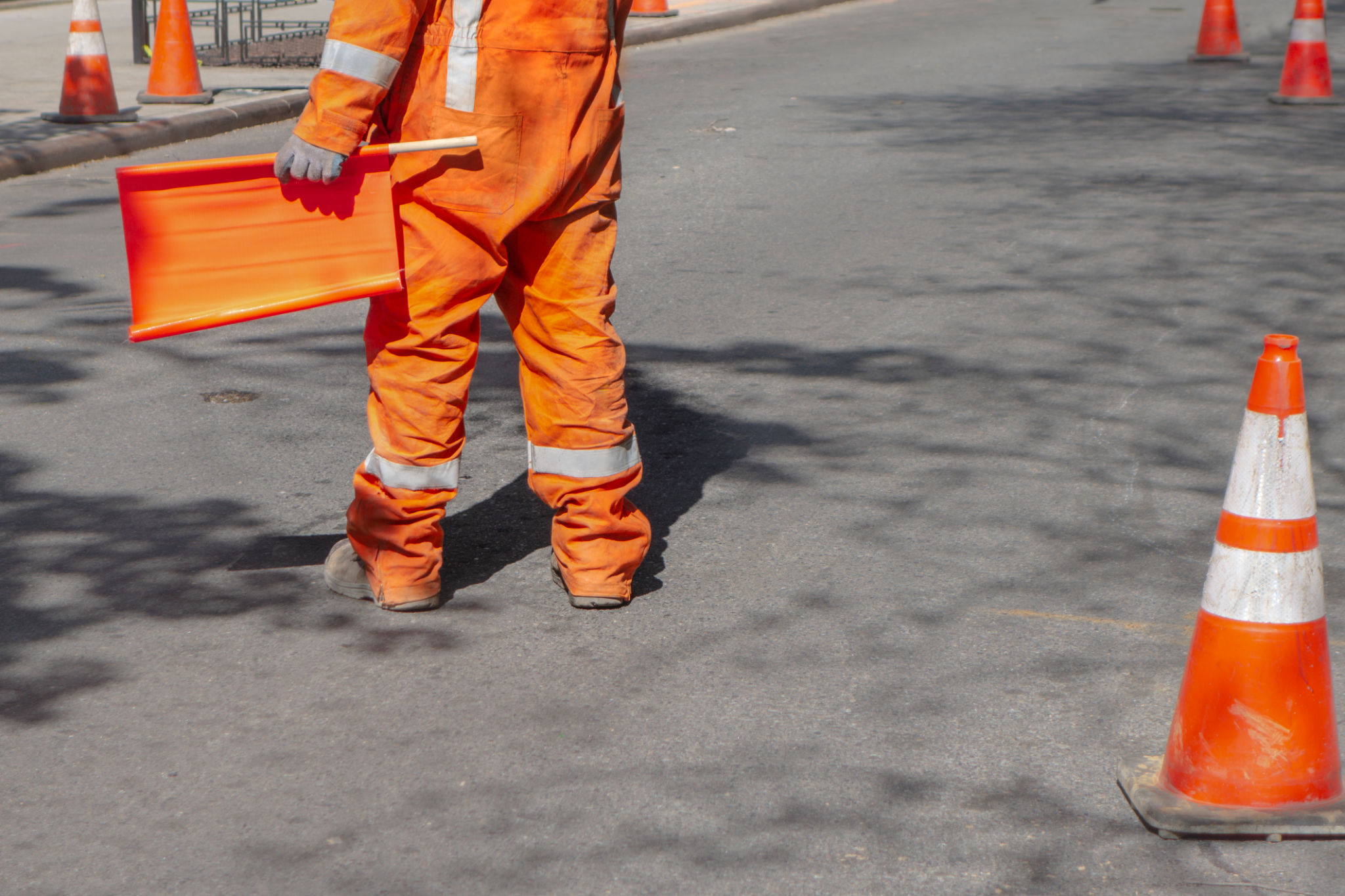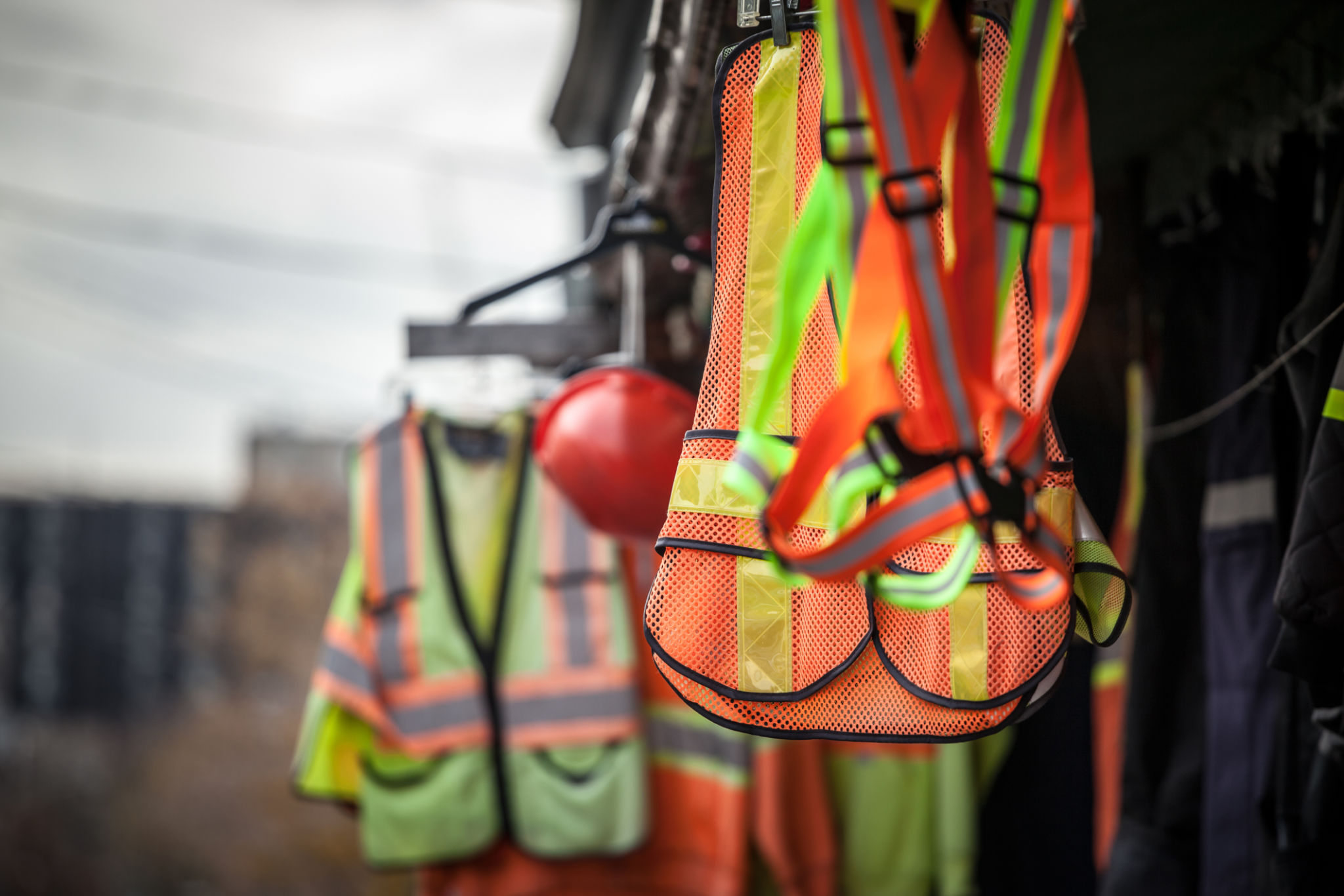Understanding the Role of a Signal Person: Key Responsibilities and Skills
KM
Introduction to the Signal Person's Role
In the dynamic landscape of construction and heavy industry, the role of a signal person is crucial for ensuring safety and efficiency. These professionals serve as the eyes and ears of crane operators and other machinery drivers, helping to guide complex maneuvers in environments where visibility is limited. Understanding their responsibilities and essential skills can highlight the importance of their work in maintaining operational safety.

Key Responsibilities of a Signal Person
A signal person is primarily responsible for communicating with equipment operators to facilitate safe movement of machinery. This involves:
- Providing clear and concise signals to operators using hand signals, voice commands, or radio communication.
- Ensuring that the path is clear of obstacles and personnel before any movement of equipment.
- Monitoring the load being moved to prevent accidents and ensure stability.
Moreover, signal persons must remain vigilant and ready to alert operators to any emerging hazards or changes in the environment that could affect safety. This proactive approach is vital in preventing accidents and ensuring the smooth operation of projects.
Essential Skills for a Signal Person
To excel in their role, signal persons must possess a range of skills and attributes. They need a keen understanding of safety protocols and emergency procedures, as they are often the first line of defense against potential incidents. Additionally, strong communication skills are essential for conveying instructions effectively.

Being observant and having a meticulous eye for detail are crucial skills for spotting potential hazards. Signal persons must also demonstrate quick decision-making abilities to address issues as they arise promptly. A thorough knowledge of hand signals and other communication methods is also essential, as this forms the basis of their interaction with equipment operators.
Training and Certification
Training is a critical component in preparing signal persons for their roles. Many regions require formal certification to ensure that individuals have the necessary skills and knowledge. Training programs typically cover areas such as:
- Understanding and using standard hand signals.
- Safety protocols specific to different types of equipment.
- Emergency response procedures.
Certification not only validates a signal person's competence but also reassures employers that they are equipped to handle the demands of the job safely.

The Impact of Technology on Signal Persons
With advancements in technology, the role of signal persons is evolving. Innovative tools such as drones and augmented reality systems are being integrated into construction sites, providing additional perspectives and enhancing communication. However, despite these technological aids, the human element remains irreplaceable for interpreting complex situations and making nuanced decisions.
The integration of technology requires signal persons to be adaptable and willing to learn new systems. This adaptability ensures they remain effective in their role, contributing to safer and more efficient project outcomes.
Conclusion
The role of a signal person is integral to maintaining safety and efficiency in environments where machinery operates. Their responsibilities are vast, from guiding equipment movement to ensuring compliance with safety protocols. By possessing strong communication skills, attention to detail, and a commitment to ongoing learning, signal persons play a vital role in preventing accidents and facilitating smooth operations on construction sites.
Understanding and appreciating the significance of this role helps underscore their contribution to the industry, ensuring every project runs smoothly and safely from start to finish.
